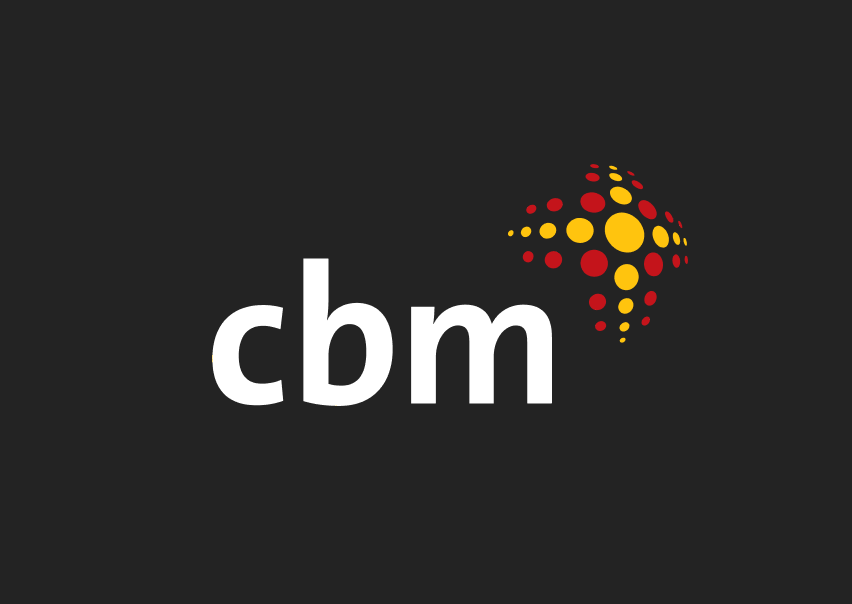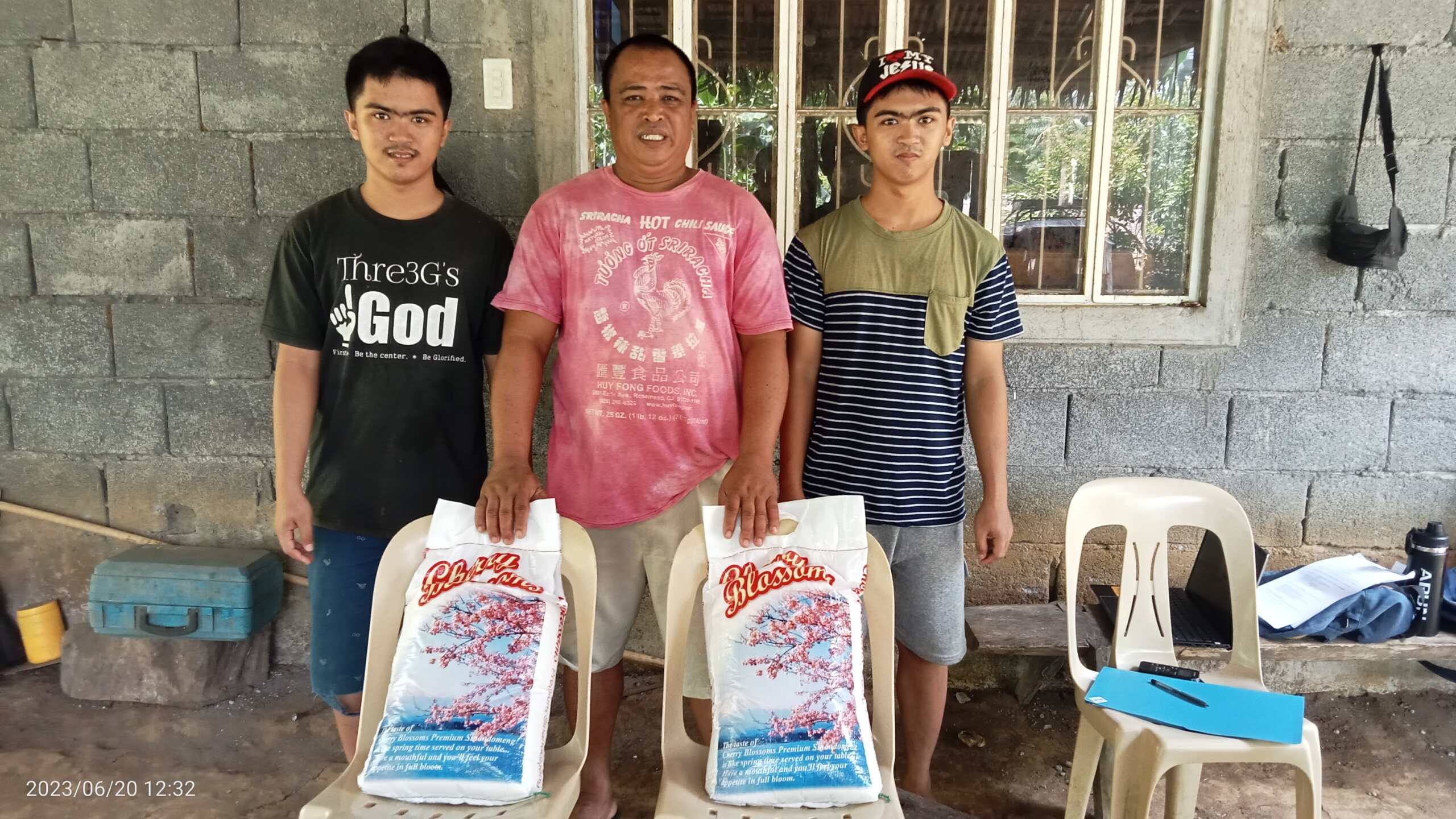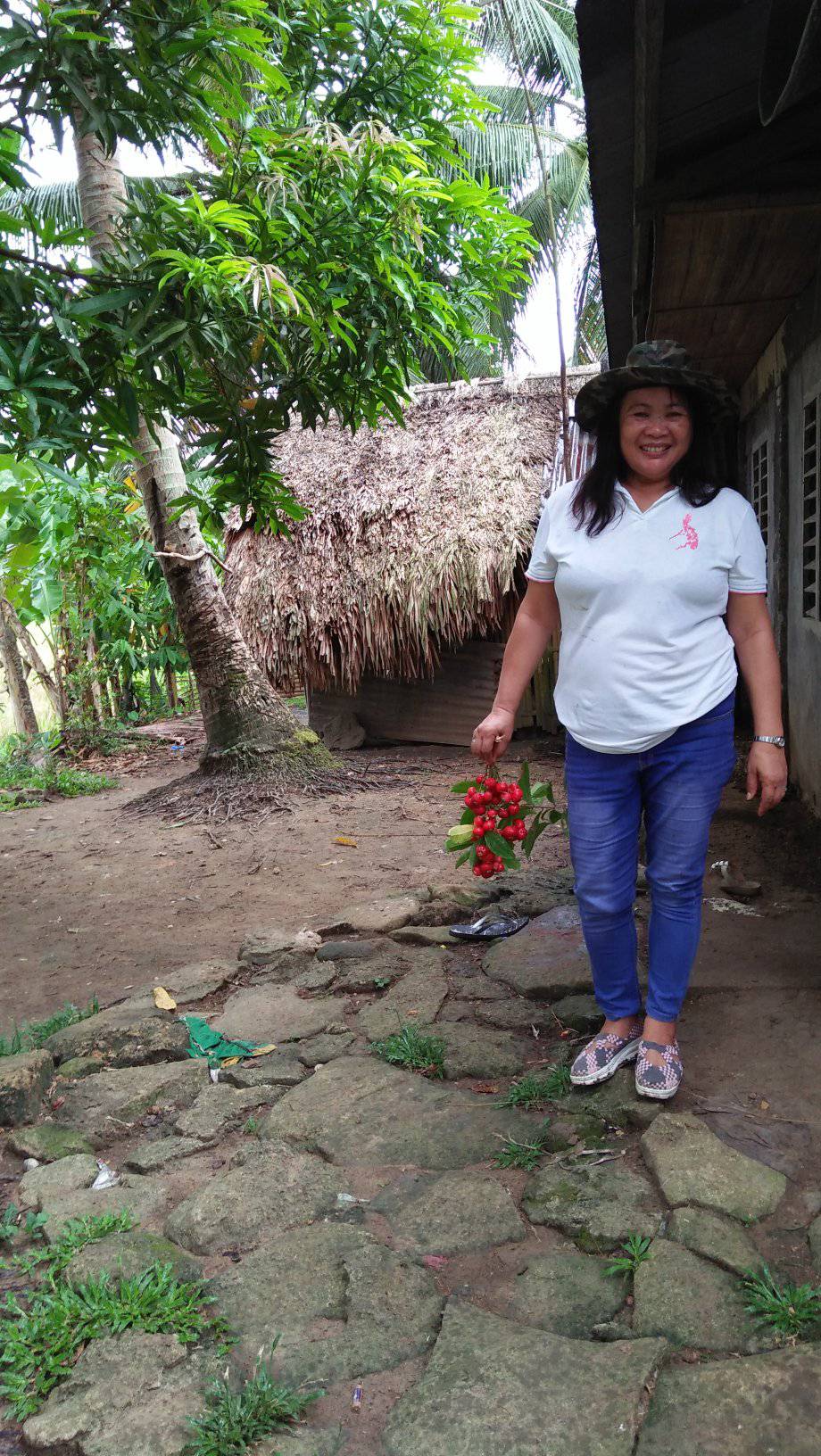Disability data
Stories | June 14, 2019
In line with Article 31 of the Convention on the Rights of Persons with Disabilities (CRPD) and a target under Goal 17, Target 18 of Agenda 2030, there is a drive to improve the way disability data influences development efforts and helps to ensure that people with disabilities are not left behind.
Globally, there is a need for evidence-based policymaking and budgeting that requires data at national, regional and global levels. This data is needed to identify gaps, barriers and challenges that people with disabilities encounter. To identify these gaps, barriers and challenges, it is necessary to have disaggregated disability data.
To this end, in July 2017, Member States adopted and called for global Sustainable Development Goals (SDG) indicators to be disaggregated by disability. Despite this, there is still not enough understanding and awareness around the importance of collecting disability disaggregated data, and a lack of financial resource allocation, to carry out household-level and other relevant surveys with adequate levels of disaggregation. This lack of resource allocation and inadequate levels of data disaggregation adversely impacts people with disabilities. In 2018, the International Disability Alliance and CBM conducted surveys to both identify the reasons for this and to assess the availability of data on the situation of people with disabilities at the national level.
The main finding from these surveys indicated that Disabled Person’s Organisations (DPO) engagement in data collection and disaggregation efforts is critical yet missing. The results also indicated that DPOs are ready to engage but need technical support, advocacy guidance and the opportunity for periodic information exchange and learning.
Jose Viera, CEO of the World Blind Union and panellist for the Disability Data Advocacy Working Group, says that DPO’s role in capturing disability data is key to changing the situation for people with disabilities.
“The lack of data on people with disabilities increases marginalisation,” Jose said. “The resulting failure to address the situation and discrimination encountered by people with disabilities mean that planning and budgeting for reasonable accommodations with effective policymaking have suffered.”
Consequently, the Disability Data Advocacy Working Group, under the umbrella of the Stakeholder Group of Persons with Disabilities, was established to address these issues, and presented at a Conference of State Parties (CoSP) to the CRPD side event on June 10. CBM is proud to have co-sponsored this important event, and to have co-sponsored and contributed to another data side event, Making Disability Visible in Disability Statistics, in collaboration with The United Nations Economic and Social Commission for West Asia (UNESCWA) on June 11. CBM also organised and conducted a full day workshop on Disability Data on June 14.
The Disability Data Advocacy Working Group side event addressed the need for effective disability data collection by providing information, an opportunity for open and interactive dialogue, inviting participant feedback and looking at how the Group can continue to scale up efforts to collect and disaggregate disability data.
Participants of the Making Disability Visible in Disability Statistics side event were invited to reflect on the availability of information on the current situation on disability data, good practice, how administrative data and surveys can be used, and the differences between statistical data collected and how these can all be used to report on the CRPD and SDGs.
There are various methodologies to capture disability data as accurately as possible. One comes from the Washington Group on Disability Statistics, who has developed question sets that focus on functioning in basic actions (walking, seeing, hearing, cognition, self-care and communication) rather than on approaches based on a medical model. The question sets were developed in response to the need for internationally comparable data collection that was recognised at the International Seminar on the Measurement of Disability in 2001. The question sets are designed to identify the population that is at a greater risk than the general population of experiencing restrictions in social participation and to provide comparable data cross-nationally for populations living in a variety of cultures with varying economic resources.
Jose says that these modules are sustainable and suitable for disaggregating by disability status and monitoring progress in attaining the SDGs on an ongoing basis.
“These modules are internationally comparable,” Jose said. “They are well tested, efficient, low cost and easy to incorporate into ongoing data collection of national statistical systems.”
It is widely accepted that in order to count, people must be counted. The 2030 Agenda on Sustainable Development, with its emphasis on leaving no one behind, has clearly demonstrated that this means counting those who are usually left out, including people with disabilities. This is leading to a growing conversation on the importance of data on people with disabilities. It is also leading to a growing recognition that the lack of data collection and disaggregation on people with disabilities increases marginalisation and fails to address the exclusion and discrimination encountered by people with disabilities.
The ‘Collecting and using data on disability to inform inclusive development’ practice note states that disability data is important to development efforts. This is because it is estimated that 15 per cent of the world’s population (approximately one billion people) are living with a disability, and that 80 per cent of these people live in developing countries. It is estimated that 22 per cent of people in the poorest communities in low-income countries have a disability – therefore, people with disabilities are likely to be present in any community that a development program is working in.
Women, men, girls and boys with disabilities are often among the poorest and most marginalised in any community. They often have not been included in development processes or benefited from development activities on an equal basis with others due to the barriers they face. Planning and design for disability inclusive development requires intentionally collecting information from and about people with disabilities.
Addressing barriers to the inclusion of people with disabilities requires understanding the experiences of people with disabilities at the local level. Without this understanding, development programs risk contributing to further isolation and stigmatisation of people with disabilities within communities, and implementing disability inclusion strategies and program activities that are ineffective.
People with disabilities are a diverse group: each person’s experience of disability is influenced by many factors, such as their sex, age, type and severity of impairment, level of education, cultural context, and so on. However, many approaches to project planning and data collection tend to treat groups such as ‘children’, ‘adults’ or ‘people with disabilities’ as homogenous. Effectively engaging with all community members requires disaggregated data to support learning about the complexity of disability and in particular the intersections of disability exclusion and gender-based inequalities.
Exclusion from development has often been underpinned by a lack of reliable data about disability, including prevalence of disability. Where prevalence data does exist, typically the number of people with disabilities is underestimated even in official statistics and reports, which can make disability inclusion appear less of a priority. Data collection approaches need to take into consideration the fact that women, men, boys and girls with disabilities are often hidden or less visible within their communities and households, due to structures and systems that disempower people with disabilities.
“The size of a national budget should not influence the prevalence of people with disabilities in societies,” Jose said. “But in some countries, the national percentage of people with disabilities is decreasing or does not reflect reality – in particular, in countries where the prevalence of people with disabilities entitled for benefits is kept low due to lack of or limited funding.”
Having high-quality local information about disability supports international cooperation, including evidence-based policy engagement with governments. Collecting disaggregated data about disability is increasingly regarded as good development practice internationally, with some donors (such as the Australian Department of Foreign Affairs and Trade (DFAT) and the UK Department for International Development) requiring such data in program reporting.
Understanding the local disability context and collecting disability-disaggregated monitoring data is required for equitable development as set out in the proposed SDGs.
In summary, collecting data for disability inclusion is a core aspect of effective development practice, and CBM is proud of its contribution to this important discussion.
CBM Case Study
CBM understands the importance of high quality disaggregated disability data in designing our projects: when we track the changes in peoples lives through data collection, we systematically work to ensure that development efforts are having the impact they were designed to have.
One example of our work in this area is from the Parivatan (‘change’) project in rural Uttar Pradesh, India. This project supported people with disabilities and their families to understand their rights and access much-needed services, information and training. Helping families to step through the process of applying for government pensions and schemes was a key focus, as well as setting up an active DPO.
To monitor the impact of this project, CBM Australia, together with the University of Delhi’s School of Social Work, completed a survey in 2015 and 2018 with 250 randomly selected local families that include a person with disability.
The survey found that there was a positive impact on the lives of people with disabilities and their families who were moving out of poverty.
Among these families:
- More families spent money on education and study
- People were more able to afford medical services
- In 2015, 50% of families accessed government schemes. Due to support of the project, this increased to 70%
- In 2015, 46% of people received the government disability pension. This increased to 61%
- For around 40% of families, their ability to save improved since 2015
- Almost half of the families’ household situations improved since 2015
- Over 70% of people said that community attitudes to and support for people with disabilities had changed significantly since 2015.
The data demonstrated that our work often connects people with better services. However, perhaps more importantly, the data collection highlighted that people with more severe disabilities were not benefitting from the project as much as other people with disabilities. This insight gave the project team the information it needed to consider how to adjust its approach to ensure that no one is left behind. In response to these findings, the Parivatan project team became more focused on ensuring that people with more severe disabilities and Deaf people also benefitted from the supports.
In response to the need for thorough, accurate and ongoing data collection, the Inter-Agency and Expert Group on Sustainable Development Goal Indicators (IAEG-SDGs) conducted a Comprehensive Review of the global indicator framework throughout 2019 for consideration by the UN Statistical Commission in March 2020. Effective collection and use of disability data to inform decision-making at country and international levels is essential if we are to improve these indicators, and for the voices of people with disabilities to be heard. The experiences and knowledge of people with disabilities need to be included in international approaches to ensure that they are not left behind in development activities working towards an inclusive world by 2030.
Acknowledgements
CBM acknowledges and thanks contributions to this piece from the following organisations and resources:
The Stakeholder Group of Persons with Disability
IAEG-SDGs | 2020 Comprehensive Review
Country Experiences on Disability Data Collection
Joint Statement by the Disability Sector: Disability Data Disaggregation
Disaggregation by Disability | A way forward: Washington Group Questions
Practice note: Collecting and using data on disability to inform inclusive development – Plan International Australia, The University of Melbourne and CBM Australia
https://www.cbm.org.au/stories/disability-data
Related Stories

Rise and Thrive: Building resilient communities through inclusive mental health
As the climate crisis accelerates, communities across the Indo-Pacific...

A Father’s Unconditional Love
Allan is a farmer and father of 21-year-old twin brothers, George and Gerald, who together, live in a remote village in the Bicol region...

Estrella’s journey from patient to mental health advocate
Had you asked Estrella from the Philippines what her future looked like five years...
